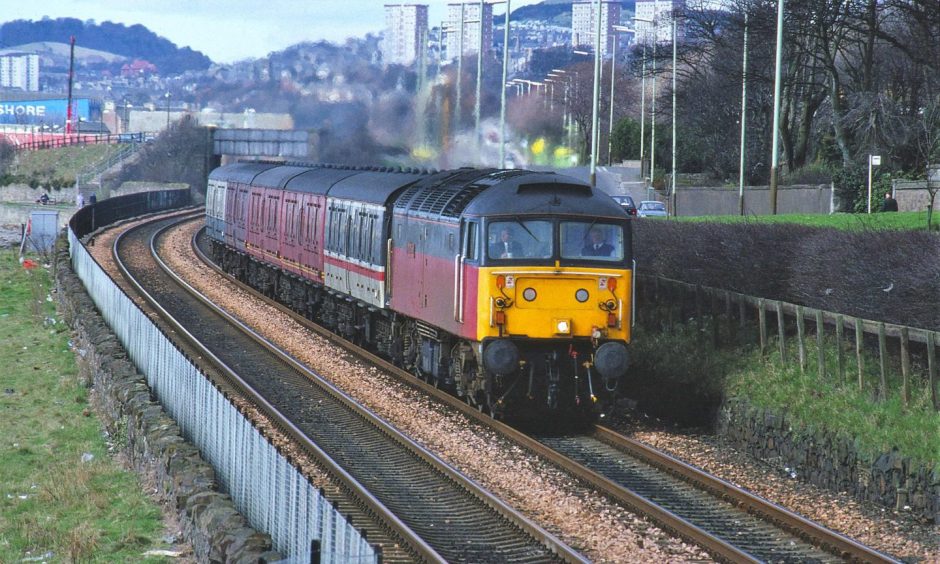
These photographs document life on the tracks in the 1990s and changing scenes in and around Dundee.
It was the final period of the British Rail era.
Scott Cunningham grew up in Craigiebank and his lifelong passion began in the 1950s when the lineside was crammed full of enthusiasts watching trains coming and going.
Through his lens, Scott has documented the transformation of Dundee’s railways from the grandeur of the steam age to today’s diesel and electric locomotives.
Scott began to forge friendships with a number of like-minded individuals and became a member of the Angus Railway Group.
So what changed from the 1960s through to the 1990s?
“No longer do we see fish trains, leaving for a while afterwards the unmistakeable smell of their passing, dashing from Aberdeen south to fish markets,” he said.
“In addition to the fish trains, we had heavy coal trains bound north from the Fife coalfields grinding their way through Dundee.
“There was also seasonal vegetable traffic, like sugar beet.
“We all wanted to see express passenger trains, but freight trains were more commonplace.
“Nowadays it’s very much a passenger railway, with little freight.
“Even the humble mixed goods trains are no more, with more and more traffic these days clogging up the road system.”
How did the rolling stock look in the 1990s?
“The 1990s was a time of change in the railway with many of the first-generation diesel locomotives having gone to the great scrapyard in the sky,” said Scott.
“Not all change was good.
“Class 47s remained on some traffic, but 1990 brought the awful Class 158 diesel units, which were laughingly referred to as the ScotRail Express.
“They were frequently overcrowded, especially on Friday evenings coming home from Aberdeen when they were packed with only two carriages.
“Sadly, many remain, even after 30-plus years, and they are from time to time still pressed into service on Aberdeen to Glasgow or Edinburgh services.
“Most noticeably, however, you will now see them on Dundee-Arbroath local trains.
“We are fortunate still to have the InterCity 125 High Speed Trains, which, even after almost 50 years, still provide the most comfortable form of train travel.”
Scott’s 1990s photographs capture a snapshot of the way things use to be and include vanished views where the train complements the whole railway scene.
Many of the locations here are no longer available due to high fencing, and the unchecked growth of vegetation along the side of the railway.
So let’s head back to the 1990s…
All aboard the nostalgia train
A northbound express at Broughty Ferry Station in June 1990, just before the introduction of the Class 158 units.
Class 47 was the all-purpose workhorse locomotive of the diesel era.
Lime train at Dock Street
There was considerable lime traffic which usually left Dundee for Montrose at 7am.
Scott said: “While on my way to the station for my train, I photographed it at Dock Street with 20165 and 20138 on March 29 1991.”
Lime traffic ended some years ago.
Broughty Ferry Station
The old wooden footbridge at Broughty Ferry frames venerable Diesel Multiple Unit 107032 with a local service on March 2 1991.
These were used on local services and also between Dundee and Edinburgh.
Strathclyde Red
A diesel multiple unit far from home on March 23 1991.
Approaching Balmossie with a Dundee-Carnoustie train is 107033 in the Strathclyde Transport colours.
Can you spot the man cutting his grass?
A forgotten vantage point
By April 6 1991, the internal ScotRail services through Dundee were largely in the hands of the Class 158 units.
Scott said: “Here, on that date, 158721 heads under the Shiell Street footbridge northbound for Aberdeen.
“This area is now heavily overgrown too and a similar shot today is impossible.”
Grassy Beach
Passing the yachts along the Grassy Beach at Broughty Ferry is Class 107045 on a Dundee-Carnoustie local service on May 4 1991.
This train is also in the Strathclyde Transport colours.
Its main colour was officially known as Strathclyde Red.
Cement hoppers
47210 Blue Circle Cement stands at the site of the former Dundee East Station.
The picture was taken on May 14 1991.
The cement terminal was built on the site of Dundee East, which was latterly occupied by the Arnold Clark showroom before it closed in December 2023.
Dundee Road
No. 20165 and 20118 come past with the Montrose local freight around 7am on June 6 1991 in this photograph taken from the Dundee Road overbridge.
“The freight traffic we once knew is now a thing of the past,” said Scott.
“There is so much scope for rail-borne freight traffic, but there seems little willingness to promote it.”
Vanished viewpoint at Craigiebank
Class 47 No 47227 heads a northbound mixed freight at Craigiebank on June 8 1991.
Scott said: “This viewpoint is no longer possible.
“Nowadays such freight traffic as there is is in bulk form with cement, and calcium carbonate used in paper making, being the only traffic passing through Dundee.”
Parcels traffic
The 47704 Dunedin comes north with a parcels train – also a thing of the past.
The picture was taken on June 22 1991 at Stannergate Bridge.
Scott said Dunedin was one of the Class 47s used on push-pull express trains between Glasgow and Aberdeen until the introduction of the Class 158s.
Blue Peter
One-time local engine A2 Pacific No. 60532 Blue Peter comes past Grassy Beach with an Aberdonian special on August 21 1994.
Scott said: “That was the last time the locomotive visited Dundee.
“It recently returned to traffic after a complete overhaul, and I hope we may get the chance to see it here again before too long.”
Broughty Ferry level crossing
This scene is viewed from the footbridge and is a shot you can’t get now without a drone.
A southbound InterCity 125 approaches the Broughty Ferry level crossing with an Aberdeen-London Kings Cross express on December 29 1994.
Scott said: “The railway is constantly changing, to keep the interest of the local enthusiast alive.
“It’s interesting to photograph what exists at the moment, in the safe knowledge that it won’t last forever.
“If electrification comes through Dundee at some point in the future, the landscape will change beyond recognition.”
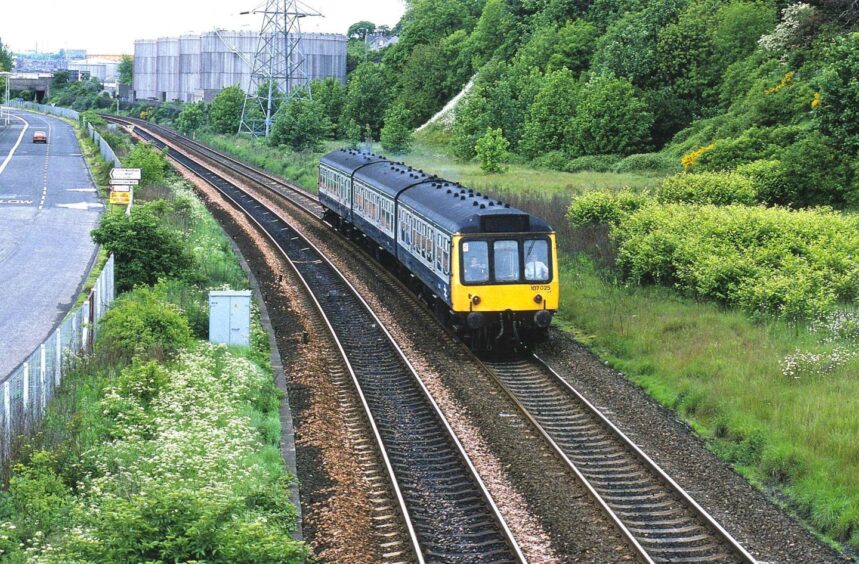
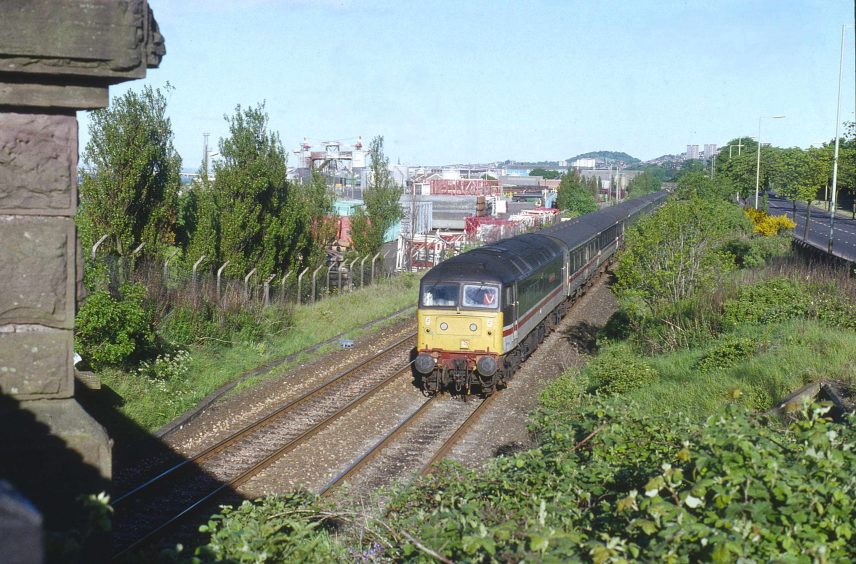
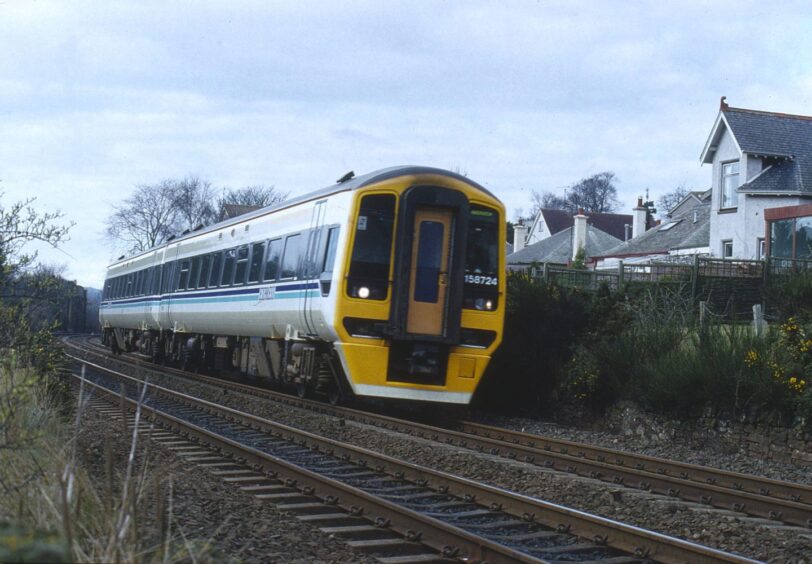
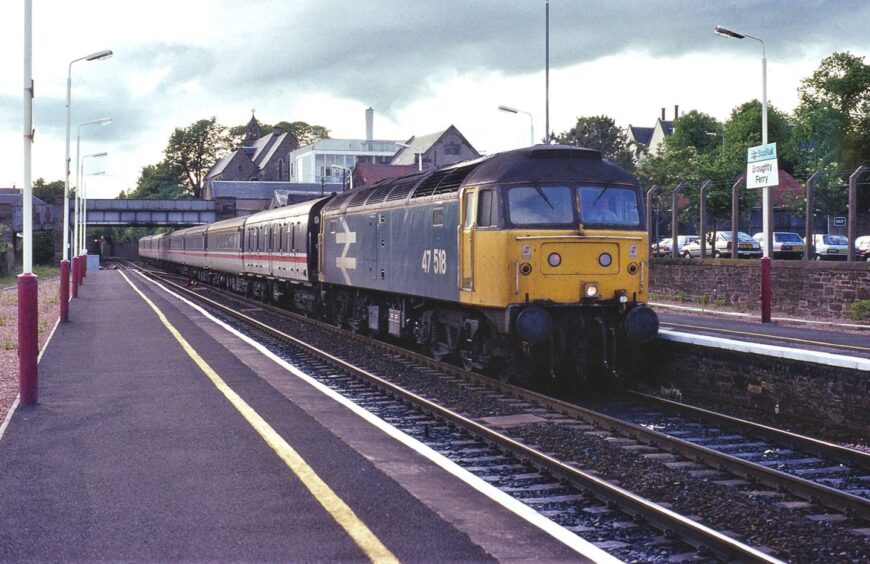
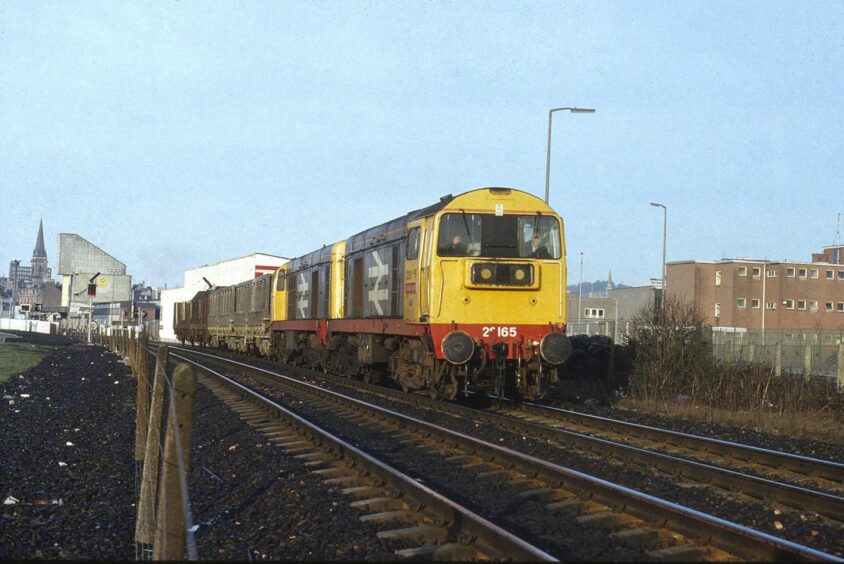
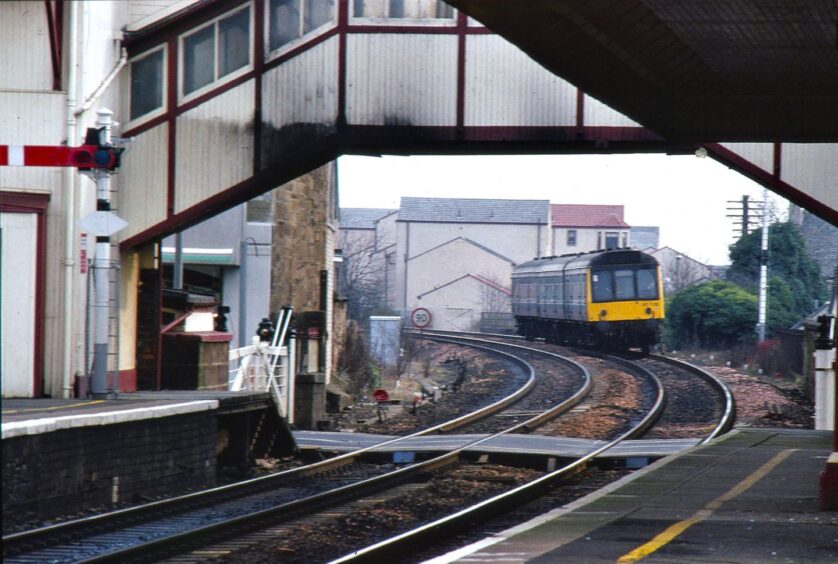
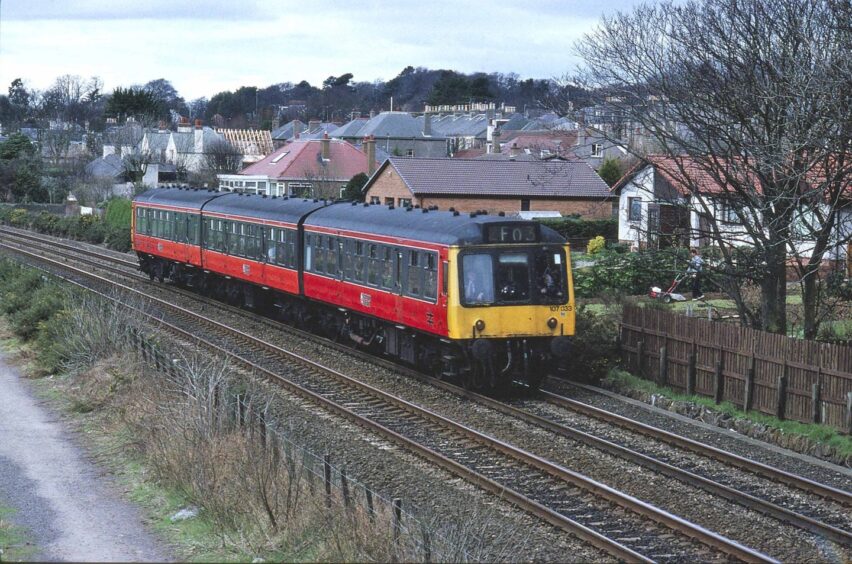
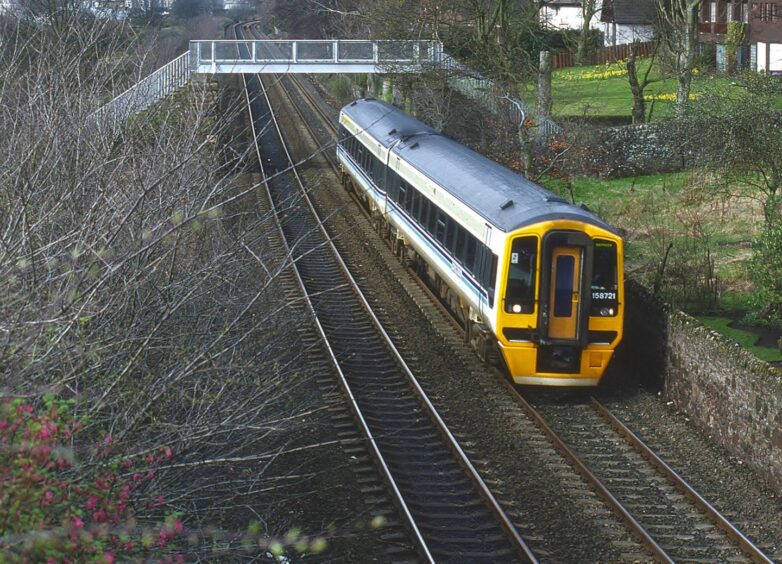
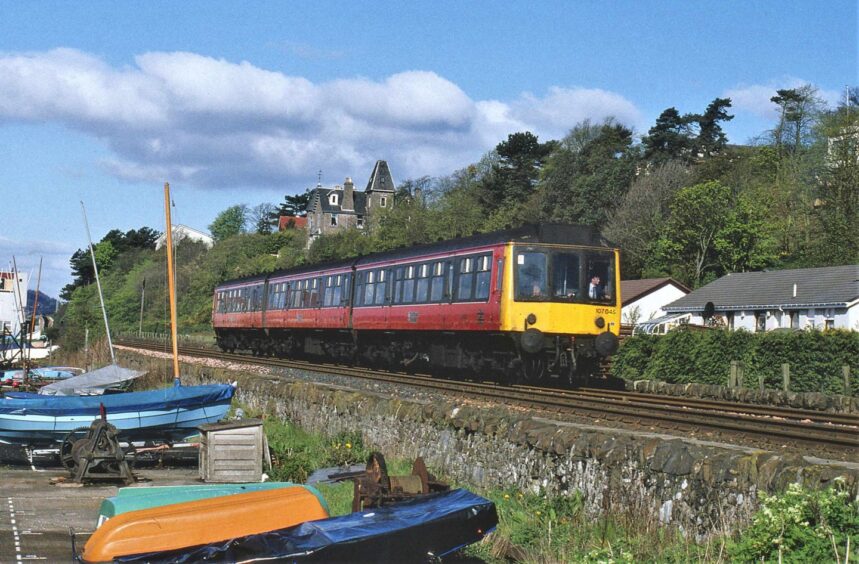
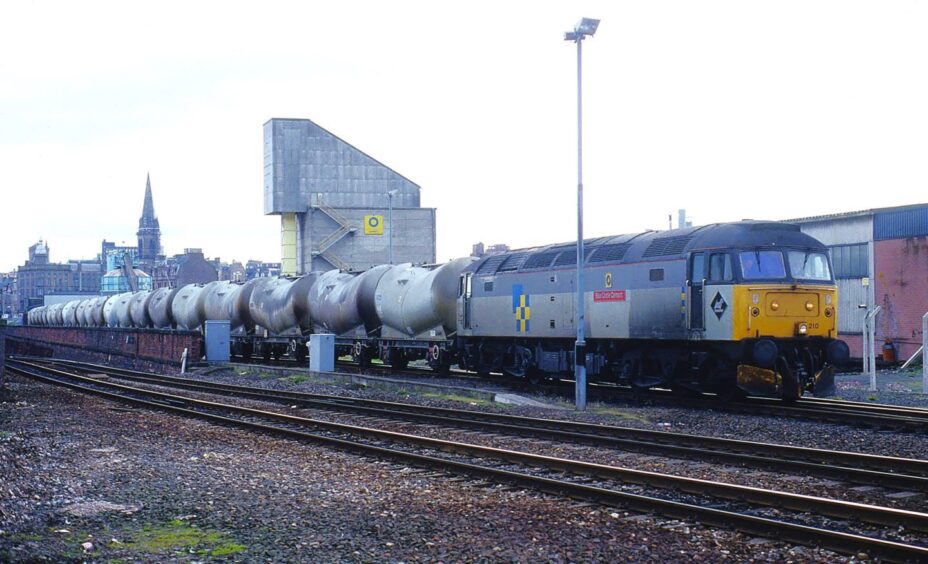
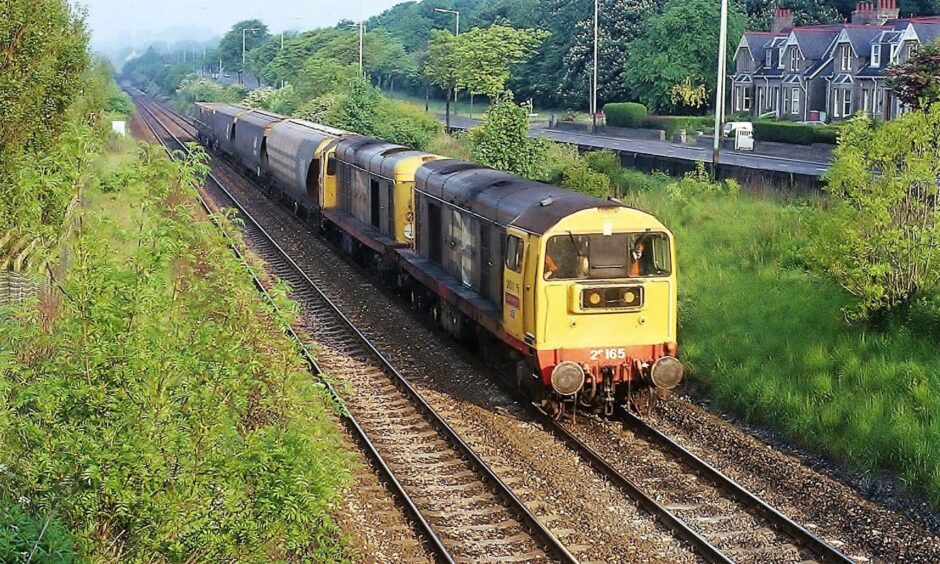
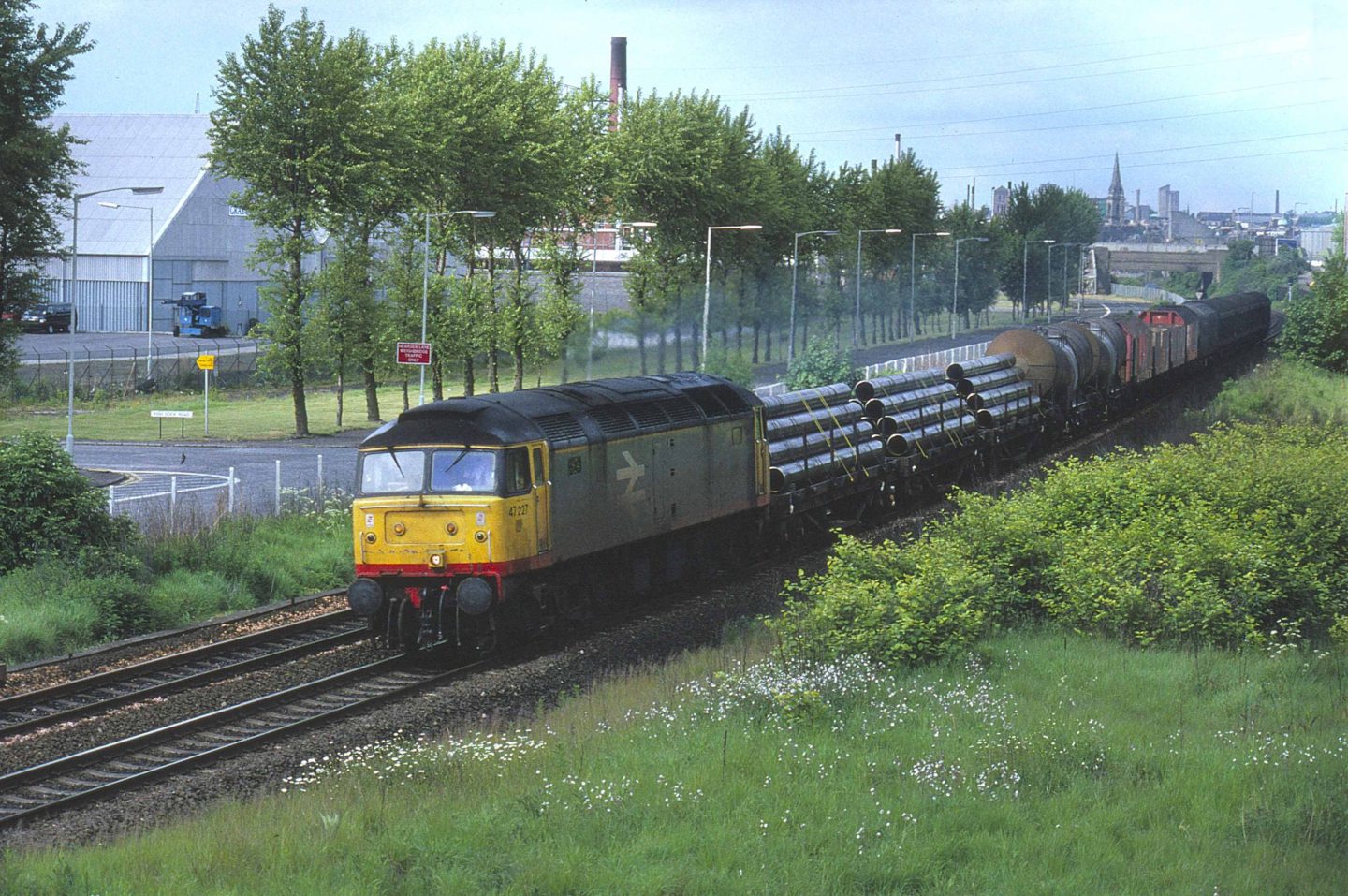
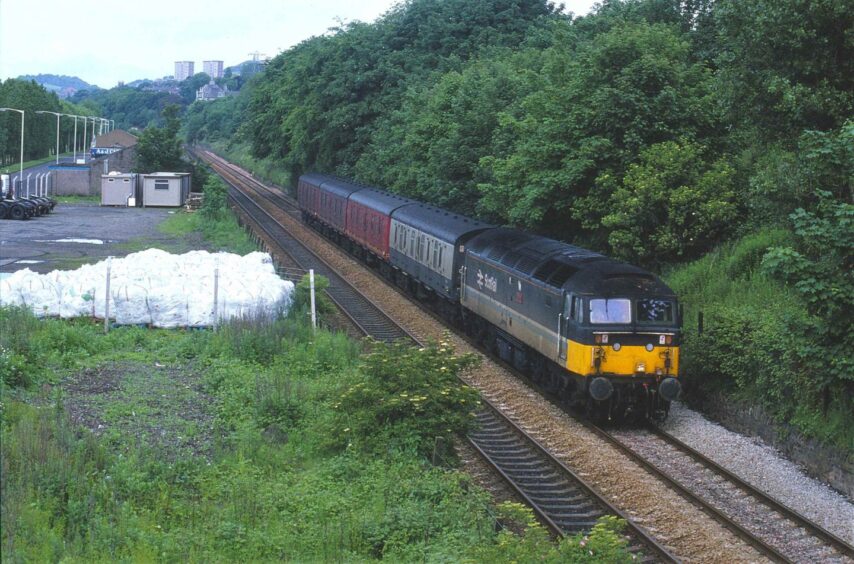
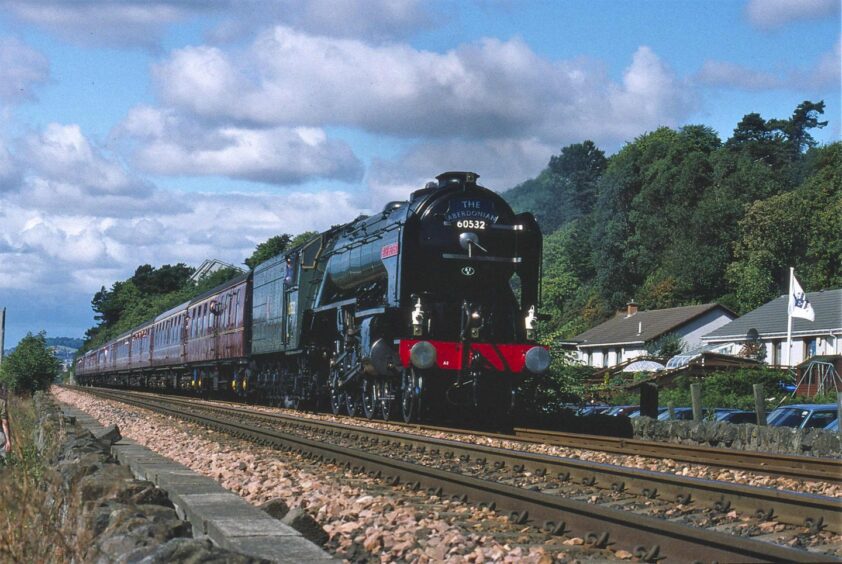
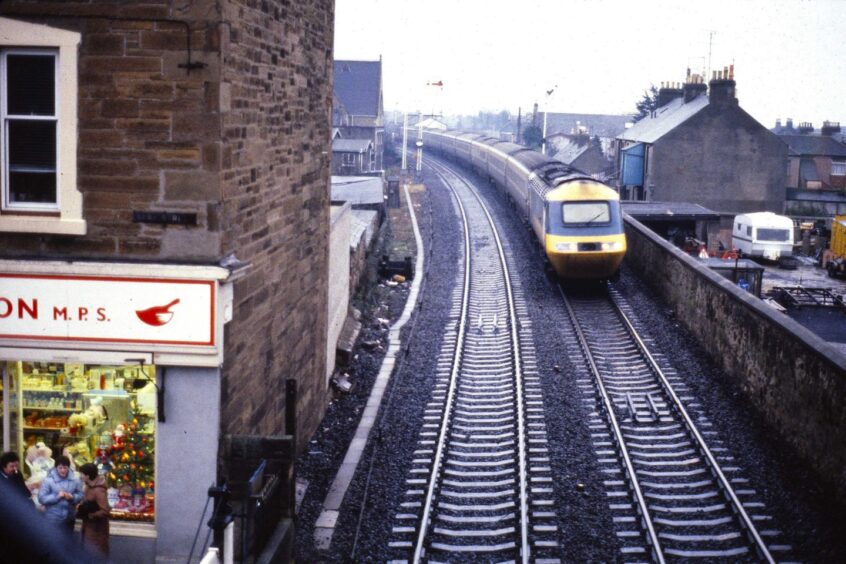










Conversation